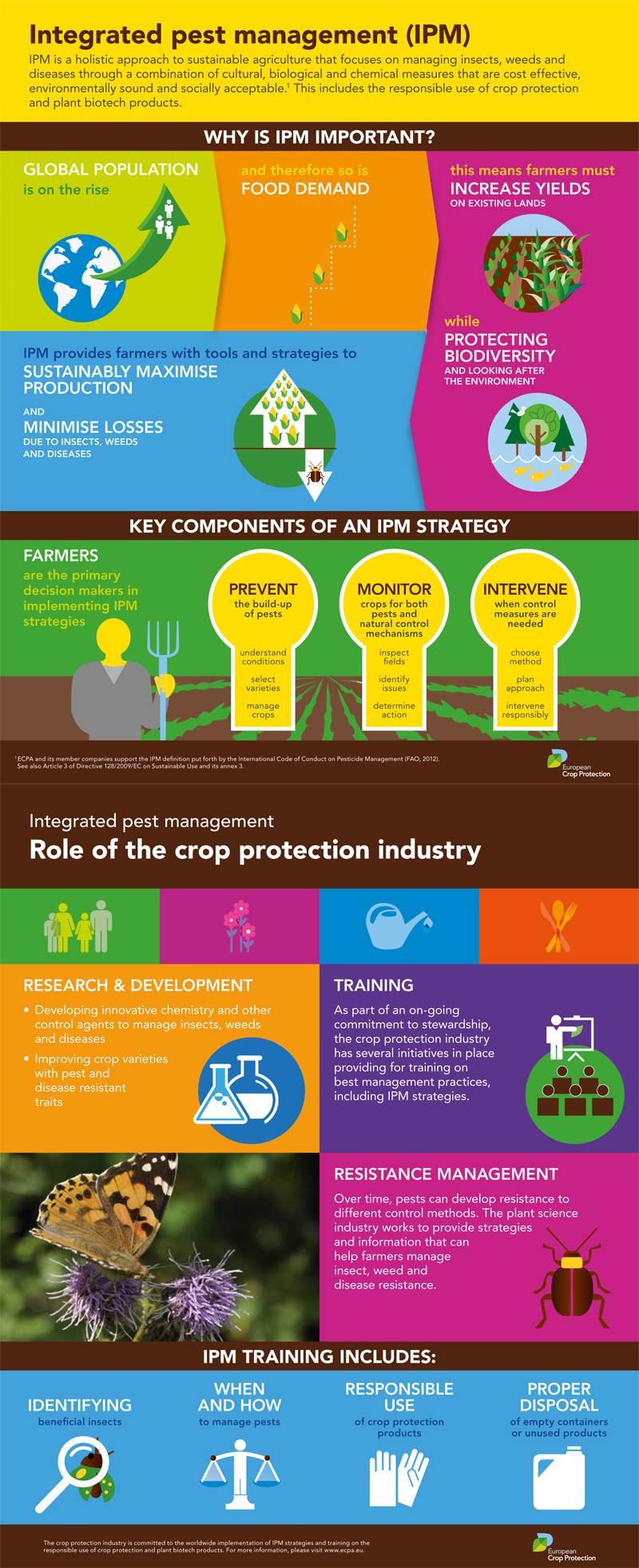The Role Of Bug Exterminators In Environmental Sustainability
The Role Of Bug Exterminators In Environmental Sustainability
Blog Article
Article Writer-Gregory Pham
You may assume that bug exterminators are only concerned with removing pests, but their role goes beyond that. They play an essential component in ecological sustainability.
By using integrated bug administration strategies, they not just remove bugs but likewise guard biodiversity.
Additionally, they utilize lasting insect elimination techniques to mitigate ecological threats.
So, following time you doubt the value of insect exterminators, remember their payment to a greener and much healthier earth.
The Value of Integrated Pest Administration
You need to recognize the importance of incorporated bug monitoring in keeping a sustainable environment.
Integrated Visual cues of rodent infestation (IPM) is a strategy that concentrates on preventing and managing parasites while minimizing making use of unsafe chemicals. By executing IPM approaches, you can properly handle insect populaces without triggering injury to the environment.
One key element of IPM is using biological controls, such as killers and bloodsuckers, to naturally manage pest populaces. This minimizes the demand for chemical pesticides, which can have harmful results on wildlife and ecological communities.
Additionally, IPM advertises the use of cultural and physical controls, such as crop turning and exemption strategies, to prevent bugs from coming to be a problem in the first place.
Safeguarding Biodiversity With Insect Control
We can protect biodiversity with reliable parasite control approaches that focus on the preservation of natural ecological communities. By utilizing responsible insect control methods, we can shield and preserve the fragile balance of species within our environment. Below are three methods which parasite control adds to protecting biodiversity:
- ** Protecting native plants and fauna ** - By targeting invasive types that threaten indigenous plants and animals, parasite control helps guarantee the survival of native types and maintains the natural variety of environments.
- ** Protecting against the spread of illness ** - Regulating insects such as mosquitoes and ticks minimizes the risk of illness infecting wild animals populaces, protecting biodiversity and preventing possible break outs.
- ** Preserving threatened types ** - By taking care of parasites that take advantage of or take on jeopardized types, parasite control initiatives can boost the opportunities of survival and advertise the recuperation of vulnerable populaces.
Through responsible parasite control strategies, we can proactively add to the conservation of biodiversity and the sustainability of our natural world.
Mitigating Environmental Threats With Lasting Parasite Elimination Techniques
By utilizing sustainable insect elimination methods, you can effectively mitigate environmental risks while ensuring the safety and health of both human beings and the all-natural ecological community. Typical insect control approaches often involve the use of dangerous chemicals that can have damaging effects on the setting.
However, click this link here now focus on lessening these risks by using environmentally friendly alternatives. For example, incorporated bug monitoring (IPM) approaches prioritize making use of non-toxic and biodegradable items, in addition to all-natural killers to regulate pest populaces. This approach not just reduces the negative influence on the environment yet additionally helps to preserve the delicate equilibrium of the community.
Furthermore, sustainable parasite elimination approaches advertise the preservation of biodiversity by targeting specific parasites without hurting helpful microorganisms. By taking on websites , you can add to a more lasting and eco-friendly approach to pest control.
Final thought
You are the pest exterminator, the guardian of nature's harmony. With integrated insect management, you balance the fragile ecosystem, making certain the survival of varied species.
Via sustainable methods, you reduce ecological threats, keeping the delicate balance intact.
Like a harmony conductor, you orchestrate the rhythm and flow, protecting the biodiversity that dancings in best consistency.
With every step you take, you produce a world where nature thrives, where insects pull back, and where sustainability preponderates.
